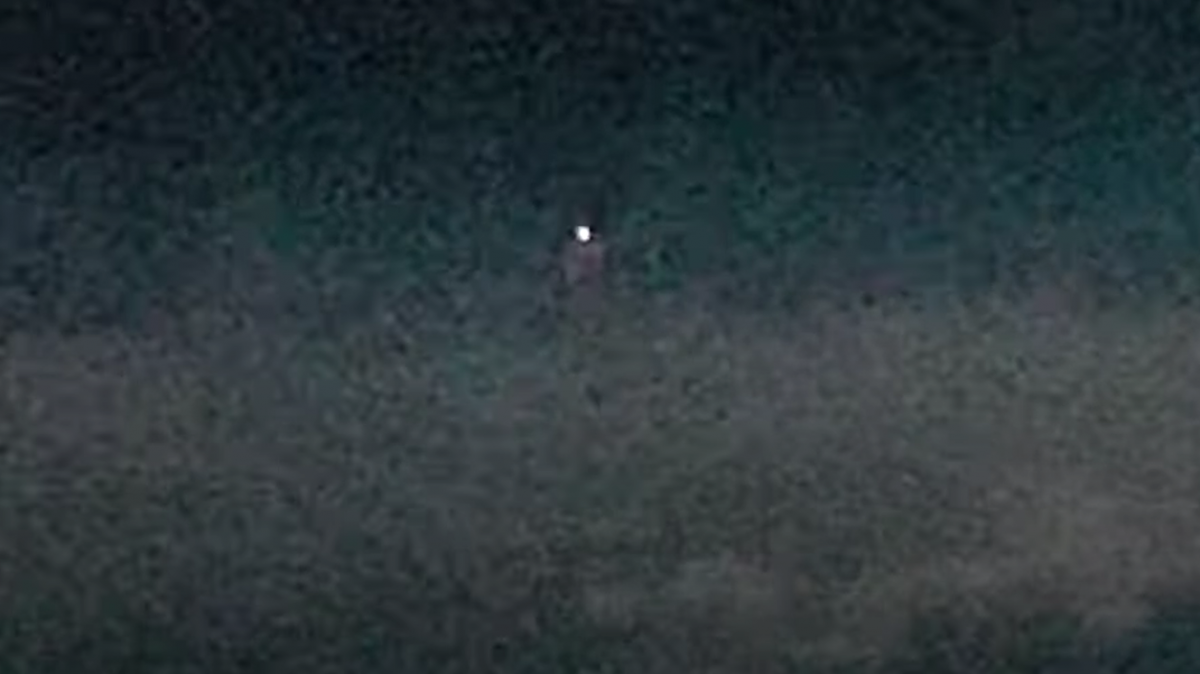Gallaudet confirmed he had viewed the now famous "Go Fast" UAP video while it was still on the Navy's classified network, calling it "enough for me" to be convinced of the phenomena's legitimacy. He also vouched for the credibility of whistleblowers like David Fravor and David Grusch. However, Gallaudet expressed disappointment that more of his peers have not spoken out, saying, "I'm mystified, to be honest with you, because of the relative importance of this issue in so many areas."
Part of the reason, Gallaudet explained, is that many are still constrained by non-disclosure agreements related to classified programs. There is also a pervasive culture within the military intelligence complex to shield special access programs from rotating government leaders. While reasonable in some cases, taken too far, this can hinder appropriate oversight, accountability, and disclosure.
As an oceanographer, Gallaudet takes particular interest in the possibility of underwater UAP bases off the California coast. He described an anomalous underwater geological formation resembling a wedge removed from an underwater ridge. While he did not share exact coordinates, Gallaudet confirmed it lies within the Southern California Bight between Catalina Island and Long Beach at a depth of around 700 meters.
Gallaudet aims to organize an expedition to survey and capture video of this formation, which he speculates could be evidence of UAP-seafloor interaction or infrastructure. He welcomes partnerships with government and independent researchers to explore such phenomena through platforms like Project Galileo systematically.
Methods for underwater UAP detection include active and passive sonar, optical sensors, magnetic detection, and other classified techniques. Gallaudet has interviewed several Navy personnel with purported sonar detections of seemingly physics-defying undersea craft. He believes the ocean science community should pursue this mystery more actively, given its monumental implications if confirmed.
Gallaudet hopes to see more UAP information disclosed for public policy development, aviation safety improvements, and potential technological breakthroughs. While respecting proper national security precautions, he argues that reasonable transparency and accountability are overdue on an issue with profound defense, scientific, and philosophical ramifications.

Gallaudet serves on the Scientific Coalition for UAP Studies board, which will convene experts in November to address UAP policy issues. He welcomes the proposed UAP Disclosure Act requirement for a presidential panel and is optimistic executive or legislative action could produce meaningful progress on disclosure in 2024.
In closing, Gallaudet expressed mystification that more scientists are not seized by intellectual curiosity over this story of the century - the possibility we are being visited or observed by otherworldly craft. He aims to recruit more ocean scientists to legitimately study the UAP mystery through a lens of hard science rather than speculation. With so much still unknown, Gallaudet believes there has never been a more exciting time for oceanographers to explore the frontiers of knowledge.
Have you seen anything strange in the air or water? Let us know at The Portugal News!
Check out the full video interview on Lehto Files YouTube.
Chris Lehto, ex-F-16 pilot, and YouTuber, combines aviation expertise and passion for the unexplained to investigate UAPs. He founded the UAP Society, funding decentralised research into alien existence using NFTs.
















